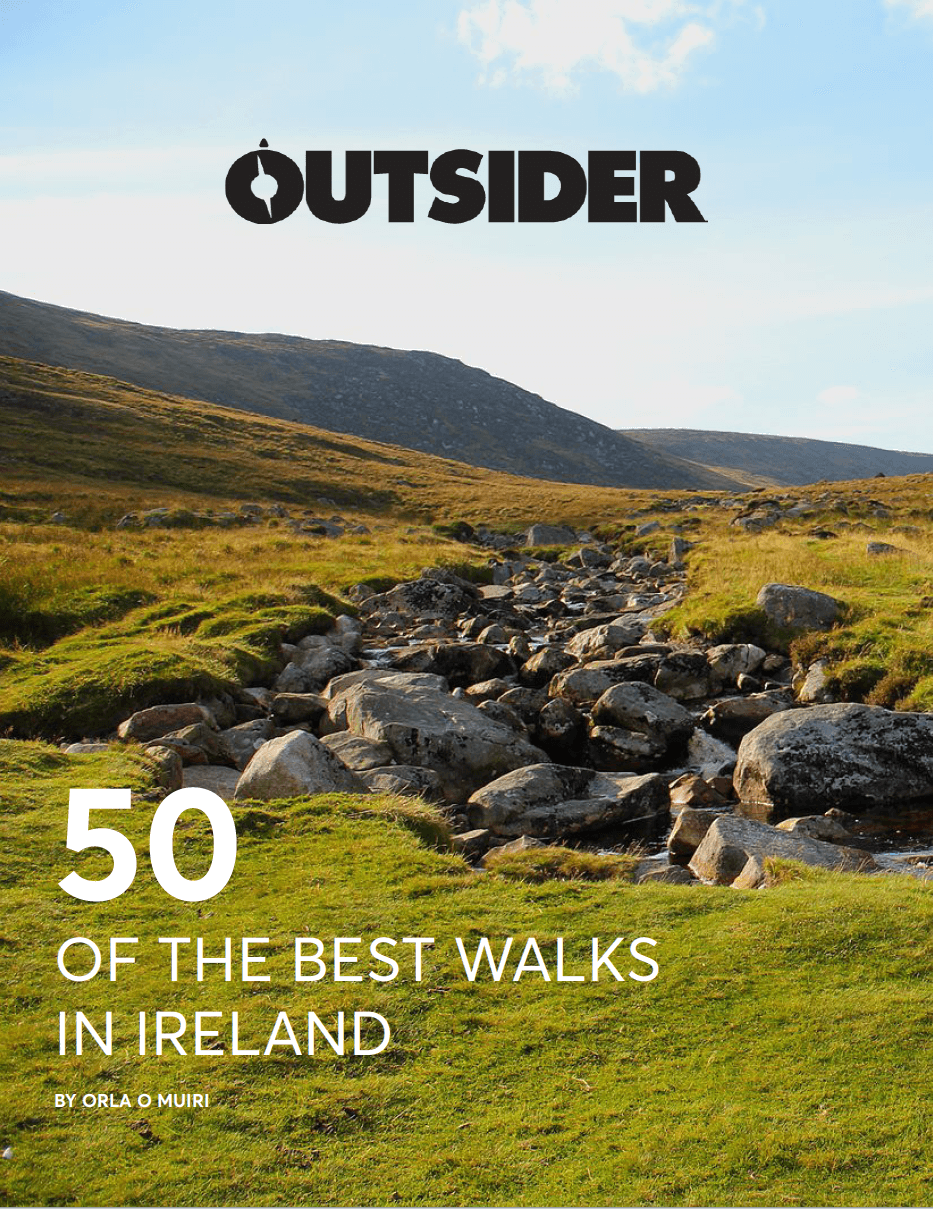It’s not glamorous but knowing how to dig a toilet is an essential part of camping!
If you’re camping anywhere overnight that’s away from a formal camping site, then chances are you’re going to have to dig a toilet. It’s key for your own hygiene and for keeping the local area in a decent state for future visitors. Here’s how in a few easy steps.
1. Placement is key. It should be downwind for obvious reasons and a good distance from your camp site to grant a bit of privacy. It should also be approximately 200m from any water source to avoid contamination. However, don’t make it much further as it’ll be harder to find in the dark and you’ll get drenched in the event of rain.
2. Once you’ve found your spot, dig the toilet using a small shovel. It should be about 1-metre long and between 15-30cm deep. That may not sound that deep but the microbes in the top layer of soil help to break down waste.
3. Using the toilet is as simple as squatting. Once you’re done, cover over the area of the latrine you’ve used with soil and leaves if possible in order to disguise it from local wildlife. Be sure to take any toilet roll or wipes you’ve used with you – a Ziploc bag is good for this purpose.
4. Before you leave camp, be sure to completely fill in the toilet pit and cover over thoroughly.
Like this? You should check these out:
- How to Build a Campfire in 6 Simple Steps
- Two Person Tents: 5 of the Best
- The Ultimate Guide to Comfortable Camping Kit











Seriously! Woah! even I can do this, toilet is the biggest problem of our team when we do outdoor activities, very useful blog! How I wish I read your article sooner. Thank you so much for sharing this!